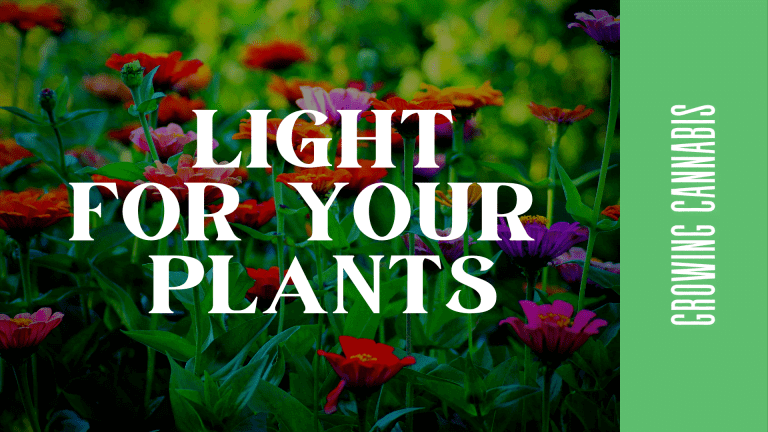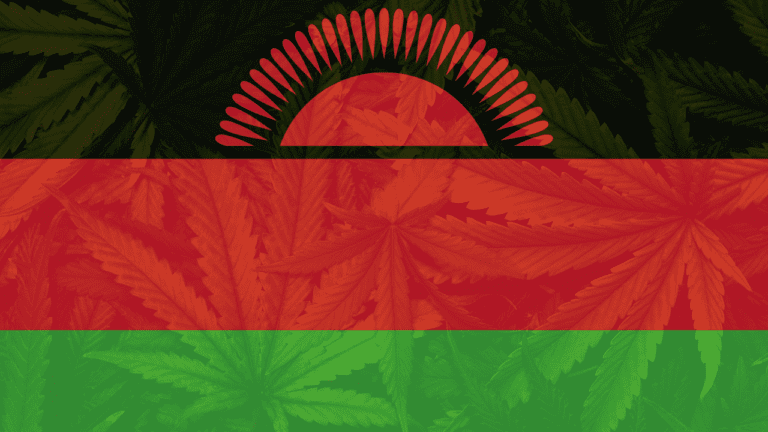Light spectrum refers to the range of electromagnetic radiation emitted by a light source, including visible light and other wavelengths that are invisible to the human eye. It is commonly represented by the colors of the rainbow, ranging from violet to red, but it extends beyond what our eyes can perceive.
The electromagnetic spectrum encompasses various wavelengths, from shorter and higher-energy wavelengths like ultraviolet (UV) and X-rays to longer and lower-energy wavelengths like infrared (IR) and radio waves. The portion of the spectrum that falls within the visible range (approximately 400 to 700 nanometers) is what we perceive as different colors.
In the context of cannabis cultivation, understanding the light spectrum is crucial for optimizing plant growth and development. Different wavelengths of light have distinct effects on plant physiology, influencing various processes such as photosynthesis, photomorphogenesis (the way plants grow and develop in response to light), and photoperiodism (flowering response to light cycles).
Here are some key points about light spectrum and its relevance to cannabis cultivation:
- Visible light spectrum: The visible light spectrum consists of different colors ranging from shorter wavelengths (blue and violet) to longer wavelengths (green, yellow, orange, and red). Each color corresponds to a different energy level and has specific effects on plant growth and development. For instance, blue light is crucial for vegetative growth, while red light is essential for flowering and fruiting.
- Chlorophyll absorption: Plants predominantly absorb light in the blue and red parts of the spectrum for photosynthesis. Chlorophyll, the primary pigment responsible for capturing light energy, has absorption peaks in these regions. This is why many indoor growers use specific lighting systems, such as LED grow lights, that can provide a tailored spectrum to optimize plant growth.
- Light quality and quantity: Besides the colors within the visible spectrum, other wavelengths beyond the visible range can also affect plant growth. For example, UV-B light (shorter wavelength, higher energy) can stimulate the production of secondary metabolites, including certain cannabinoids and terpenes in cannabis. On the other hand, far-red light (longer wavelength) can impact photoperiodism and influence the timing of flowering.
- Light-emitting diodes (LEDs): LED grow lights have gained popularity in cannabis cultivation due to their energy efficiency and the ability to provide specific light spectra tailored to the needs of plants. LEDs can be customized to emit precise wavelengths, allowing growers to manipulate the light spectrum to promote specific growth characteristics, optimize yields, and enhance the quality of the harvested buds.
- Light cycles and photoperiods: In addition to considering the light spectrum, cannabis growers also pay attention to the duration and timing of light exposure. The manipulation of light cycles, such as using specific light/dark periods (e.g., 18/6 or 12/12), can trigger and control flowering in photoperiod-dependent cannabis strains.
Understanding the importance of the light spectrum and tailoring lighting conditions to the specific needs of cannabis plants can significantly impact their growth, development, and overall quality. It allows growers to optimize yields, influence cannabinoid and terpene profiles, and cultivate healthy and robust plants.







